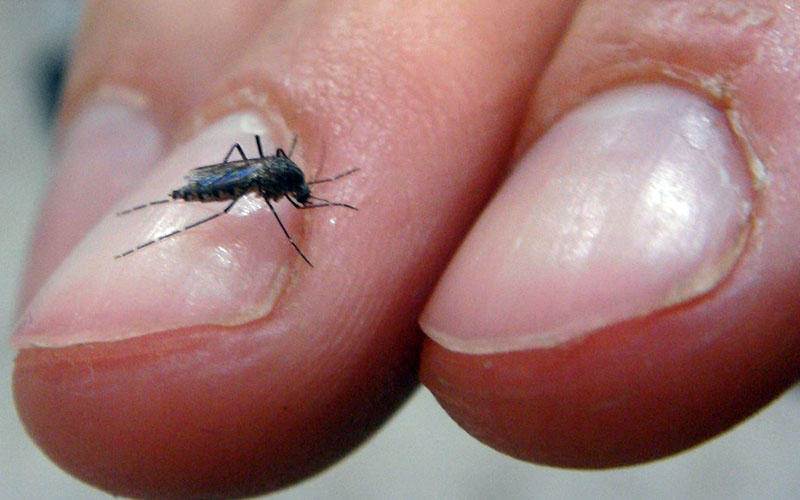MERIDA YUCATAN.- After the passage of tropical storm Cristóbal, the Meridians resented the strong bites of the mosquito from the wetlands, the Aedes taeniorhynchus, popularly known as “MOSCO NEGRO”, which is a transmitter of encephalitis.

Likewise, the presence of Culex quiquefasciatus is notable, which attacks people in groups.

Through social networks, there are numerous reports of the invasion of mosquitoes in colonies, subdivisions, and housing units in the East and West of the city, especially those near the aquaparks as well as the Ecological Parks, among other places. with accumulated water.

In response, the Yucatan Health Secretariat (SSY) thanked the reports and established that they will be taken into account to carry out the mosquito combat operation, but did not specify a date to do so.
Given the numerous complaints, the SSY determined that it would use space fogging in areas with the greatest presence of the mosquito.

According to the information provided, the Aedes taeniorhynchus, whose sting is quite annoying, is typical of the Yucatan wetlands but the strong winds of the meteor transported them to the capital city.
In the last five years, outbreaks of three different species of Diptera have been registered, but in the case of the “black fly”, it corresponds to 2016 to date.
For the fourth consecutive year, an outbreak of this species of mosquito has been registered, a vector of the deadly encephalitis disease.

The first attack occurred on October 26, 2015, when the population was hit by the Culex quiquefasciatus and Ochlerotatus taeniorhynchus flies.
While the Aedes taeniorhynchus affected on August 20, 2016, June 12, 2017, and July 10, 2019.
According to the SSY, based on the analysis of the ovitrap, the specialists of the direction of Vectors determined that the plague was Ae. taeniorhynchus.
The increase in this mosquito is due to heavy rains, as it lives in natural water reserves and in the mangroves along the coast, and air currents allowed its arrival in some urban areas.
This time it was through the passage of tropical storm Cristóbal, which affected from May 31 to Saturday 6.
The Aedes taeniorhynchus fly is considered a health nuisance due to its high population density and an aggressive bite.

The adult specimens rest in the vegetation during the day and attack anyone who invades their dens, even in full sun.

These stilt walkers are characterized by being strong aviators that can advance many kilometers away from their natural habitat towards the cities.
The “black fly” spreads encephalitis, which is inflammation of the brain, usually due to a viral infection. Although it is a rare disease, it is fatal for the person who suffers from it.

Signs and symptoms in patients with encephalitis begin within three to seven days of infection and include fever, headache, irritability, restlessness, drowsiness, anorexia, vomiting, diarrhea, cyanosis, seizures, and coma.
About one in three people who develop encephalitic infections will die, and those who survive often have mild to severe permanent neurological damage.
Source: yucatanahora.mx
The Mazatlan Post





